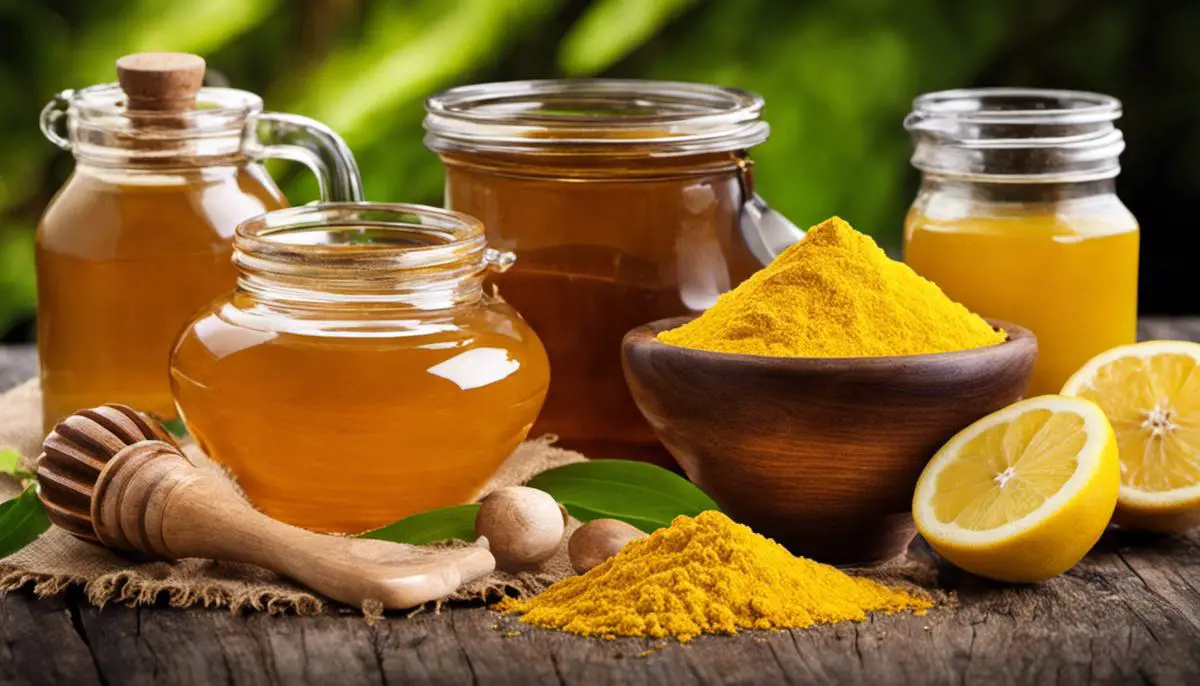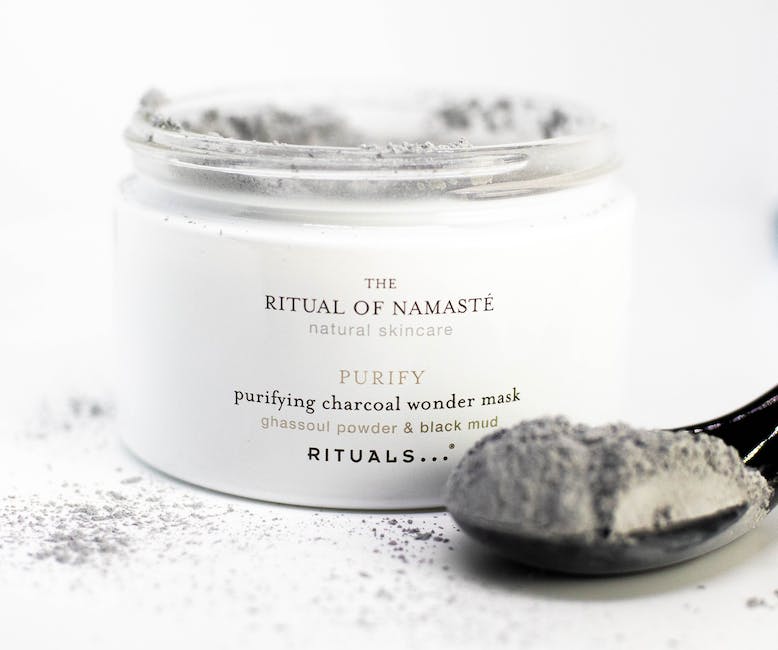When it comes to matters of beauty and skincare, understanding the nuances of one’s individual skin type can make a world of difference in choosing the right products and treatments. For those with Indian skin, characterized typically by a more melanin-rich tone and unique challenges related to pigmentation and unevenness, navigating the complex world of skin whitening can seem daunting. This in-depth exploration shall serve as a comprehensive guide offering clarity, from understanding the inherent traits of Indian skin, exploring various skin whitening methods, highlighting the pivotal ingredients in skin whitening treatments, and discussing helpful strategies regarding maintaining achieved results and prioritizing overall skin health.
Understanding Indian Skin: Characteristics and Challenges
Understanding Indian Skin: Characteristics
Indian skin can range from fair to dark, and it has increased melanin content, which gives skin its color. The melanin serves as a natural protective barrier against the harmful effects of the sun’s UV rays. Unfortunately, this also means Indian skin is prone to pigmentation problems and uneven skin tone.
The texture of Indian skin also varies and can range between being very dry to excessively oily. Because of this, many people may struggle with issues such as acne, blackheads, and whiteheads.
Challenges with Indian Skin
Due to a combination of genetic factors and the harsh environmental factors found in parts of India, such as high UV index and heavy pollution, Indian skin commonly faces hyperpigmentation and photoaging. Hyperpigmentation in Indian skin involves the overproduction of melanin, resulting in dark spots or patches. Photoaging is characterized by premature aging due to sun damage, and it manifests as wrinkles and sunspots.
Furthermore, these challenges often make it hard for Indian skin to maintain regular texture and tone. Many people struggle with tanning due to the high melanin content and the difficulty of getting rid of the dark, uneven patches.
Skin Whitening Treatments for Indian Skin
Given the challenges and characteristics of Indian skin, some skin whitening treatments may be more effective than others. It’s essential to choose solutions that considers the melanin content and sensitivity of Indian skin.
Topical creams with active ingredients such as hydroquinone, kojic acid, and vitamin C have proven effective in reducing pigmentation. These components work by inhibiting the enzymatic process that triggers melanin production.
Chemical peels and microdermabrasion are also beneficial for Indian skin, assisting in the removal of the skin’s top layer, unveiling new, lighter-toned skin underneath.
The Role of Laser and Light Treatments
Modern technology has made it possible to use laser and light treatments for skin whitening. Treatments like Intense Pulsed Light (IPL) and Q-switched lasers target melanin in the deeper layers of the skin and effectively lighten it. These methods are particularly effective for treating hyperpigmentation and uneven skin tones. However, they should be administered under the guidance and monitoring of a certified dermatologist, as these treatments can cause adverse effects if misused.
Ensuring Safe Skin Whitening Practices for Indian Skin
To begin a journey into skin whitening, safety should be the utmost priority. It’s imperative to have a consultation with a dermatologist before getting started on any new skincare routine. A skincare professional can provide advice on the safest and most effective treatments, tailored to your individual skin type and tone. Furthermore, maintaining regular skincare habits like daily cleansing, toning, and moisturizing should never be compromised, since proper skincare can amplify the results of any skin whitening procedures.

Methods of Skin Whitening
Natural Home Remedies: Simple and Organic
Indian skin is unique due to its distinctive melanin production process, which can give the skin a darker appearance. One natural method to lighten the skin involves using home remedies. India’s rich cultural heritage is marked by numerous traditional skincare practices that utilize ingredients like turmeric, lemon juice, honey, and gram flour. Consistent use of these natural ingredients has the potential to lighten and even out the skin tone. Although these are safer and less costly options, they may not provide swift or dramatic results, and the effects can vary based on individual skin types.
Skin Whitening Creams and Lotions: A More Direct Approach
The market today offers countless whitening creams and lotions designed to lighten the skin. Most of these creams and lotions work by decreasing the melanin production in the skin, making the skin appear lighter over time. Some products even contain ingredients like hydroquinone and retinoids which are known to be very effective. However, it’s crucial to note that while these products can be effective, their improper usage can lead to skin problems. Additionally, not all products may suit Indian skin types. Therefore, it’s recommended to consult with a dermatologist before starting any skincare routine.
Chemical Peels: An Intense Method
Chemical peels have become a reputable and popular method of skin whitening. This process involves an acid solution that is applied to the skin to remove the darker, dead skin cells and stimulate new cell growth. This procedure can be highly effective for Indian skin, visibly reducing pigmentation and improving skin tone. However, it can also lead to side effects like redness, peeling, and in some severe instances, scarring or skin infection. It’s essential to ensure that this procedure is carried out by a certified professional.
Microdermabrasion: A Less Intense Alternative
Microdermabrasion is another treatment method that can effectively lighten the skin. This procedure involves “sanding” the skin with tiny crystals to remove the outermost layer of dead skin. Over time, the skin will appear lighter and smoother. Unlike chemical peels, this procedure is less intense and has fewer potential side effects, but the results might not be as immediate or drastic.
Laser Treatments: A High-Tech Solution
Laser treatments are the most modern and technologically advanced method of skin whitening. By targeting melanin-producing cells and dispersing the dark pigment, laser treatments can effectively lighten the skin. This non-invasive procedure is often seen as highly effective, especially for Indian skin. However, it is also the most expensive option. Potential side effects may include temporary redness, swelling, and rarely hypo or hyper-pigmentation.
Understanding your skin type is a crucial step towards choosing the right skin whitening method. Each method presents its own set of benefits and drawbacks, making it important to seek professional advice and maintain realistic expectations about the results.

Ingredients for Skin Whitening
Hydroquinone Usage for Skin Lightening
One commonly used skin lightening ingredient is Hydroquinone. It effectively lightens skin tones by suppressing tyrosinase, an enzyme necessary for melanin production. Melanin is the pigment that gives skin its color, hence less melanin equates to lighter skin. A 2% to 4% hydroquinone concentration is usually recommended for Indian skin, typically characterized by medium to high melanin levels. However, it’s advised to use these products under a dermatologist’s guidance, as overuse or misuse might lead to side effects like skin irritation or uneven skin color.
Kojic Acid
Kojic acid, derived from fungi, is another key ingredient in skin whitening products. Similar to hydroquinone, kojic acid inhibits melanin production. The advantage of kojic acid is that it is a more natural solution, and less likely to cause skin irritation. However, it can make the skin more sensitive to sun damage. So, while using this kind of product, a good sunscreen is also recommended, especially for Indian skin which can sunburn easily.
Vitamin C
Vitamin C is a potent antioxidant that can help to brighten the skin tone and improve skin texture. A 5-20% concentration is generally safe and effective for Indian skin. Vitamin C does not directly inhibit melanin production but works by reducing dullness and uneven skin tone. It can take a few weeks to months to see significant improvements with consistent use of Vitamin C-based skin whitening products.
Niacinamide
Niacinamide, also known as Vitamin B3, is another powerful skin-lightening ingredient. It works by preventing the transfer of pigment-containing vesicles from melanocytes (the cells that produce melanin) to the neighboring skin cells. Products containing 2% to 5% niacinamide can effectively reduce hyperpigmentation and brighten Indian skin.
Azelaic Acid
Azelaic Acid is a naturally occurring acid found in wheat, rye and barley. It works by slowing down the growth of skin bacteria and keratinocyte cells that cause skin cells to block pores. This can lighten the skin by reducing melanin production. A 10% to 20% concentration is recommended for Indian skin.
Every ingredient utilized in skin whitening products possesses unique benefits and potential risks. The key to achieving desired results lies in patience, consistent usage, and using each product correctly. Overuse or misuse of these items can lead to adverse effects. As such, it is highly advised to seek guidance from healthcare providers or dermatologists. They can help identify the ideal product and dosage that suits your specific skin type and tone.

Maintaining Results and Healthy Skin
Why Sun Protection is Crucial for Skin After Whitening
Solar protection is critical for preserving the effects of skin whitening treatments, especially on Indian skin. Sun’s UV rays can quickly reverse the results by inducing skin darkening and causing uneven pigmentation. For this reason, the daily application of a broad-spectrum sunscreen—regardless of the visibility of the sun—is necessary. Such sunscreens shield the skin from both UVA and UVB rays. An SPF rating of a minimum 30 is advised, but a higher SPF can offer even more expansive protection. Replicate the application of the sunscreen every two hours, and increase this frequency if you find yourself perspiring excessively or swimming.
Importance of Effective Moisturizing Regimen
The overall health of the skin is crucial for maintaining the effects of skin lightening. Dry and parched skin often seems dull and dark, hence all measures must be taken to keep the skin well hydrated. Moisturizers provide the necessary hydration to the skin and maintain its elasticity. Products containing ingredients like hyaluronic acid, glycerin, and jojoba oil are often suggested for their exceptional hydrating properties. For people with oily or acne-prone skin, oil-free and non-comedogenic moisturizers can be considered to prevent any breakouts.
Gentle Handling of Skin: Pat, Don’t Rub
Gentle handling of your skin goes a long way in maintaining the health of your skin post-whitening. During cleaning, toning, moisturizing and even drying, try to pat your skin instead of harsh rubbing. This gentle approach reduces the risk of skin damage and inflammation, which can eventually lead to darkening, blemishes, and deterioration of your skin whitening results. Use of soft, clean cotton pads for skincare application and a soft towel for drying can ensure you’re not causing any unintended harm to your skin.
Method to Proper Skincare Routine for Maintained Results
Following a proper skincare regimen daily is paramount. Start with a gentle face cleanser, followed by a toner to balance pH levels. Apply your chosen skin whitening product if you have one and allow it to fully absorb into the skin. Afterward, use a hydrating moisturizer and then finish off the routine with your sun-protective products.
Having Realistic Expectations and Accepting Your Skin Color
While it’s ok to aspire for a certain skin tone or to treat hyperpigmentation, it’s equally critical to have realistic expectations from skin whitening treatments. The effectiveness varies between individuals depending on their unique skin traits, and again the effects aren’t permanent. Moreover, there may be some side effects or risks involved with several whitening treatments. Thus, one should make an informed decision and be prepared for potential outcomes.
Moreover, in our pursuit of lighter skin, it’s important not to lose sight of the natural beauty inherent in every skin color. This includes all shades prevalent in Indian skin, from the fairest of the fair to the richest and deepest hues. Promoting messages of confidence and self-love regardless of one’s skin color is key, as we are so much more than just the color of our skin. Hence, appreciation, respect, and acceptance of our unique skin color should be integral to our skin care journeys.

While this guide provides detailed insights into skin whitening for individuals with Indian skin, it’s important to highlight that the journey towards any personal skincare goal should always consider safety and health above all. Embracing one’s natural skin tone and maintaining realistic expectations play a pivotal role in cultivating a positive outlook and self-image. Practices like regular sun protection, moisturization and gentle skin handling are as important as any whitening treatment or revolutionary product. Remember, confidence and self-love radiate the brightest beauty, and nurturing them can often be as enriching as achieving the desired skin tone.

Leave a Reply